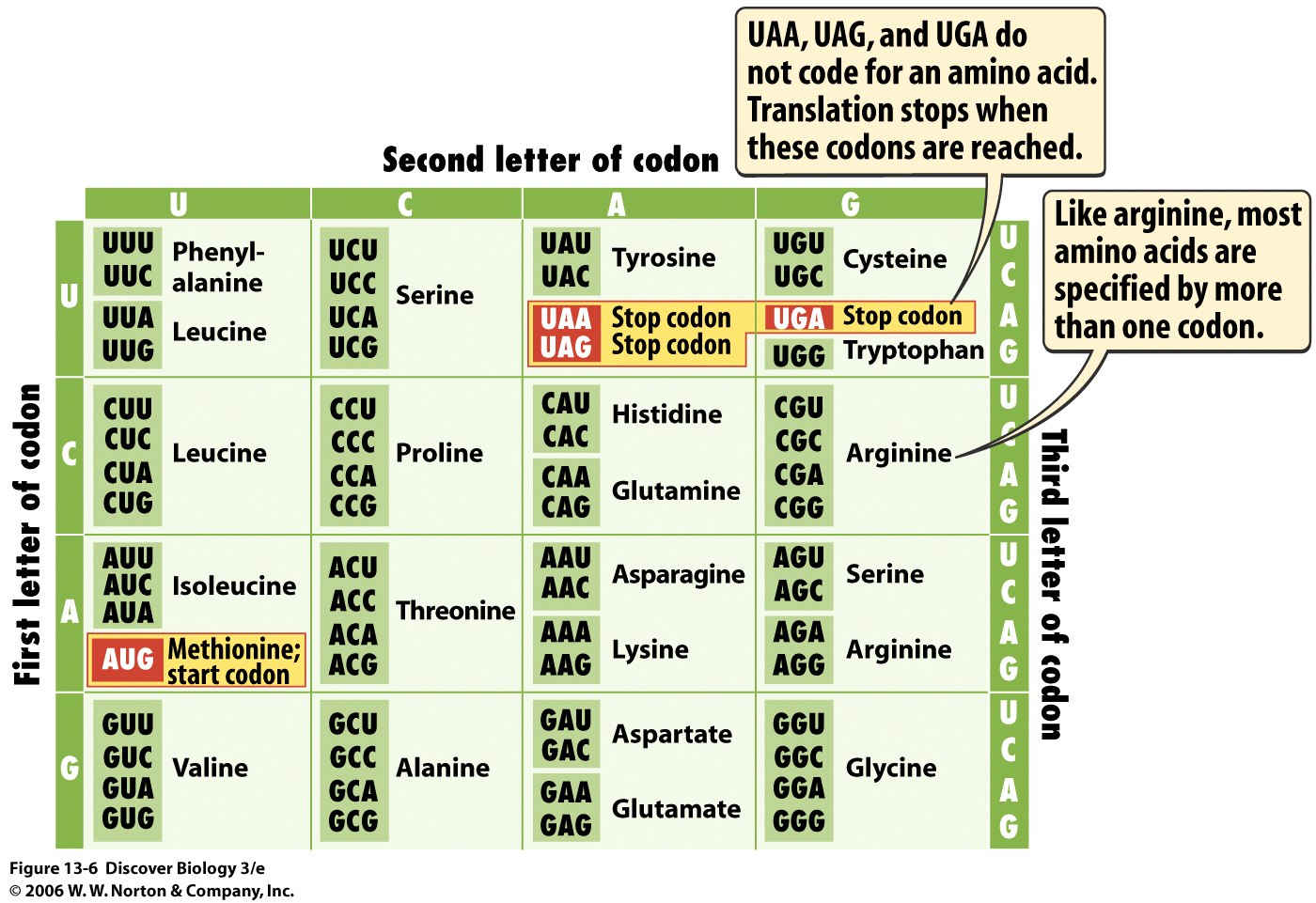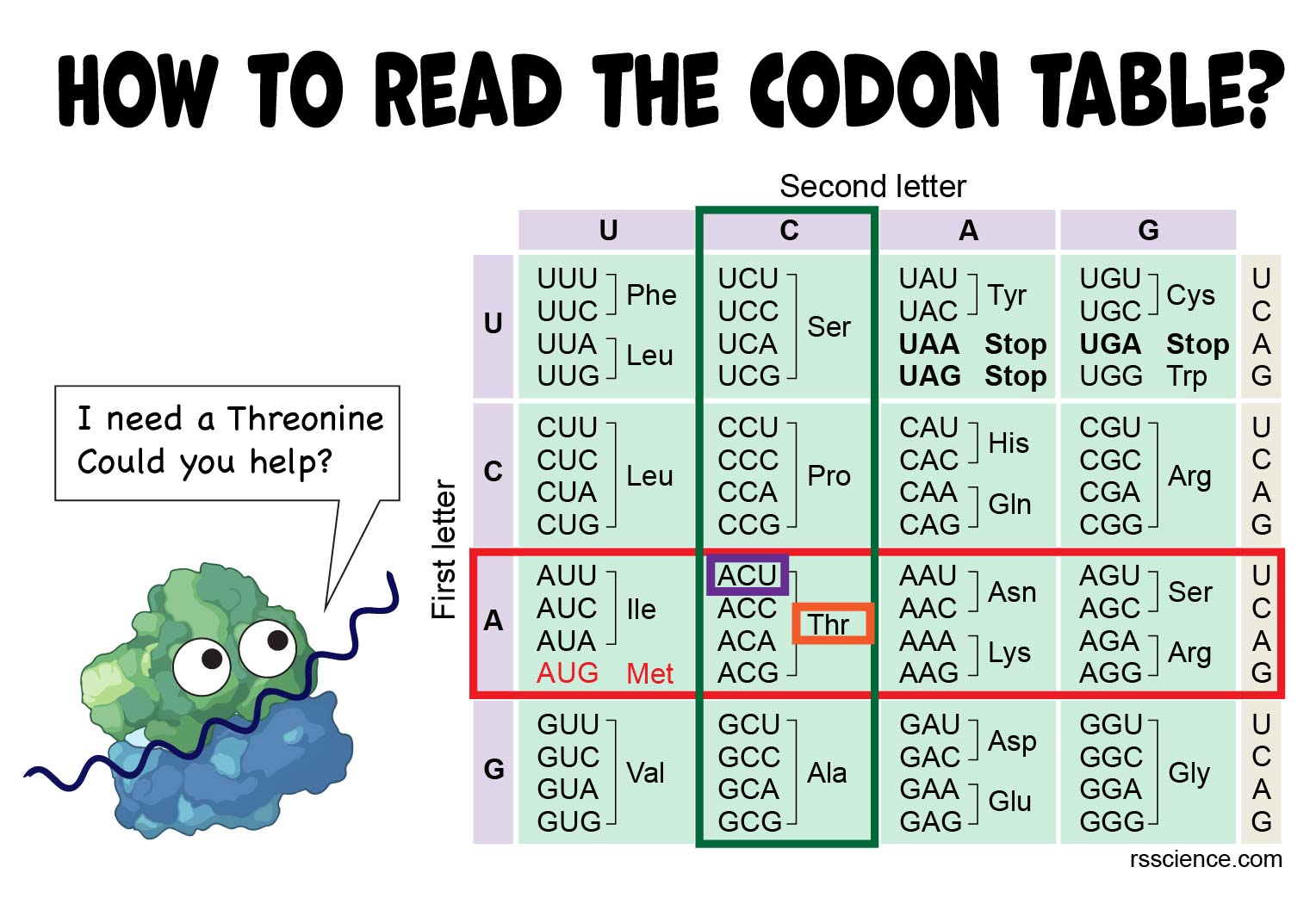

However, to improve our understanding of these topics, new data are being included in databases, but doing so comes at a price: the more genomes and larger genomes trend is aggravating a scenario where it is unthinkable to perform genomic experiments without the aid of extensive computational resources, but furthermore, even current computational methods are being left behind with the increasing complexity.Ĭurrently, most of the handling, exploration and curation of genomic information (such as identifying coding regions or generating pairwise synteny maps) is performed manually and curated with platforms dedicated to this purpose, which often include a repository of precomputed genome comparisons.

These newly incorporated sequences are slowly completing our understanding of organismal evolution, answering questions such as “Which organism arose first?” and “Which evolutionary events caused species divergence?”.

Sequenced genomes are increasing not only in number but also in breadth: larger eukaryotic genomes, such as those of mammals and plants, are being sequenced. As a result, an increasing collection of whole sequenced genomes is becoming publicly available, ranging in size from less than two hundred thousand base pairs 2 to more than 22 * 10 9 base pairs 3. Last, the method scores the comparison to automate classification of sequences and produces a list of detected synteny blocks to enable new evolutionary studies.ĭue to technological advances in the past few decades, sequencing whole genomes is becoming cheaper at an exponential rate 1. The method produces both a previsualization of the comparison and a collection of indices to drastically reduce computational complexity when performing exhaustive comparisons.
COMPARISON OF DNA SEQUENCES IN TABLE II SOFTWARE
We provide software implementation that computes in linear time using one core as a minimum and a small, constant memory footprint. In this work, we provide a method designed for comparisons of considerable amounts of very long sequences that employs a heuristic algorithm capable of separating noise and repeats from conserved fragments in pairwise genomic comparisons.
COMPARISON OF DNA SEQUENCES IN TABLE II MANUAL
Filtering steps, manual examination and annotation, very long execution times and a high demand for computational resources represent a few of the many difficulties faced in large genome comparisons. The size of chromosomes, along with the substantial amount of noise and number of repeats found in DNA sequences (particularly in mammals and plants), leads to a scenario where executing and waiting for complete outputs is both time and resource consuming. Furthermore, detecting conserved similarities across large collections of genomes remains a problem. In the last decade, a technological shift in the bioinformatics field has occurred: larger genomes can now be sequenced quickly and cost effectively, resulting in the computational need to efficiently compare large and abundant sequences.


 0 kommentar(er)
0 kommentar(er)
